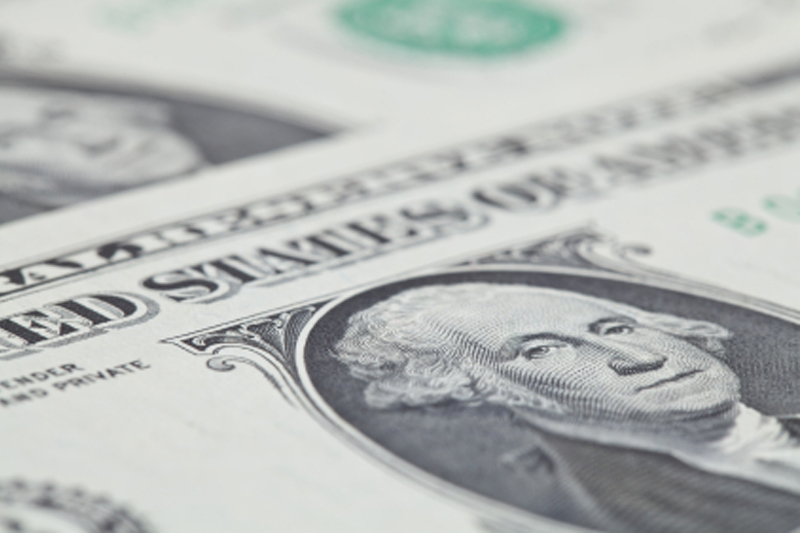Euro Hits Six-Month Low Against the Dollar
The Euro has dropped to its lowest level against the dollar since May, reaching $1.066. The increasing uncertainty regarding the trade policies of President-elect Donald Trump and the potential effects of possible tariffs on the Eurozone economy have heightened investor concerns. As the markets continue to seek equilibrium following the rapid pricing after the election, investors are focused on the messages Trump will convey regarding the economy.
The Dollar Index (DXY) surged to 105.44 following Trump's victory last week but could not break above that level. The dollar remains strong against major currencies. Additionally, the dollar gained 0.8% against the Japanese yen, rising to 153.82, although intervention concerns are still prevalent. Macro data and central bank guidance are in the spotlight this week. Markets are focused on macroeconomic data. In the U.S., the Consumer Price Index (CPI), Retail Sales, and Industrial Production figures will be released. Additionally, the speech by Fed Chairman Powell will be closely monitored. Potential changes in the Federal Reserve's monetary policy will be of critical importance to investors.
An anticipated increase in the core inflation reading in the U.S. could delay the Fed's easing policy. JPMorgan (JPM) has revised its U.S. interest rate forecast from 3% to 3.5%, stating it expects a 25 basis point cut each quarter. These expectations may significantly influence the dollar's performance in international markets.
In Europe, there are discussions that German Chancellor Olaf Scholz may request a confidence vote before Christmas. This possibility raises the prospect of early elections in Europe and increases political uncertainties. Analysts note that expectations for a more accommodative fiscal policy in Germany are rising, which could put pressure on the Euro.
While it is unlikely that Robert Lighthizer, who is expected to carry out Trump’s trade policies, will return to his position, the markets will closely monitor the definitive contours of Trump’s policies. In this process, market players are trying to assess the Trump factor while positioning themselves based on macroeconomic data.


